Maysun Solar HJT Solar Panel Full Black 410W-430W Bifacial Glass Glass Transparent
Power Output: 410W, 415W, 420W, 425W, 430W
Efficiency: 21.2% – 22.3%
Dimensions (L × W × H): 1760 mm × 1098 mm × 30 mm
Weight: 22 kg
Packaging: 36 pcs/pallet, 936 pcs/ 40’HQ
Warranty: 30-year product and performance warranty
HJT — Highly Efficient Heterojunction Solar Innovation
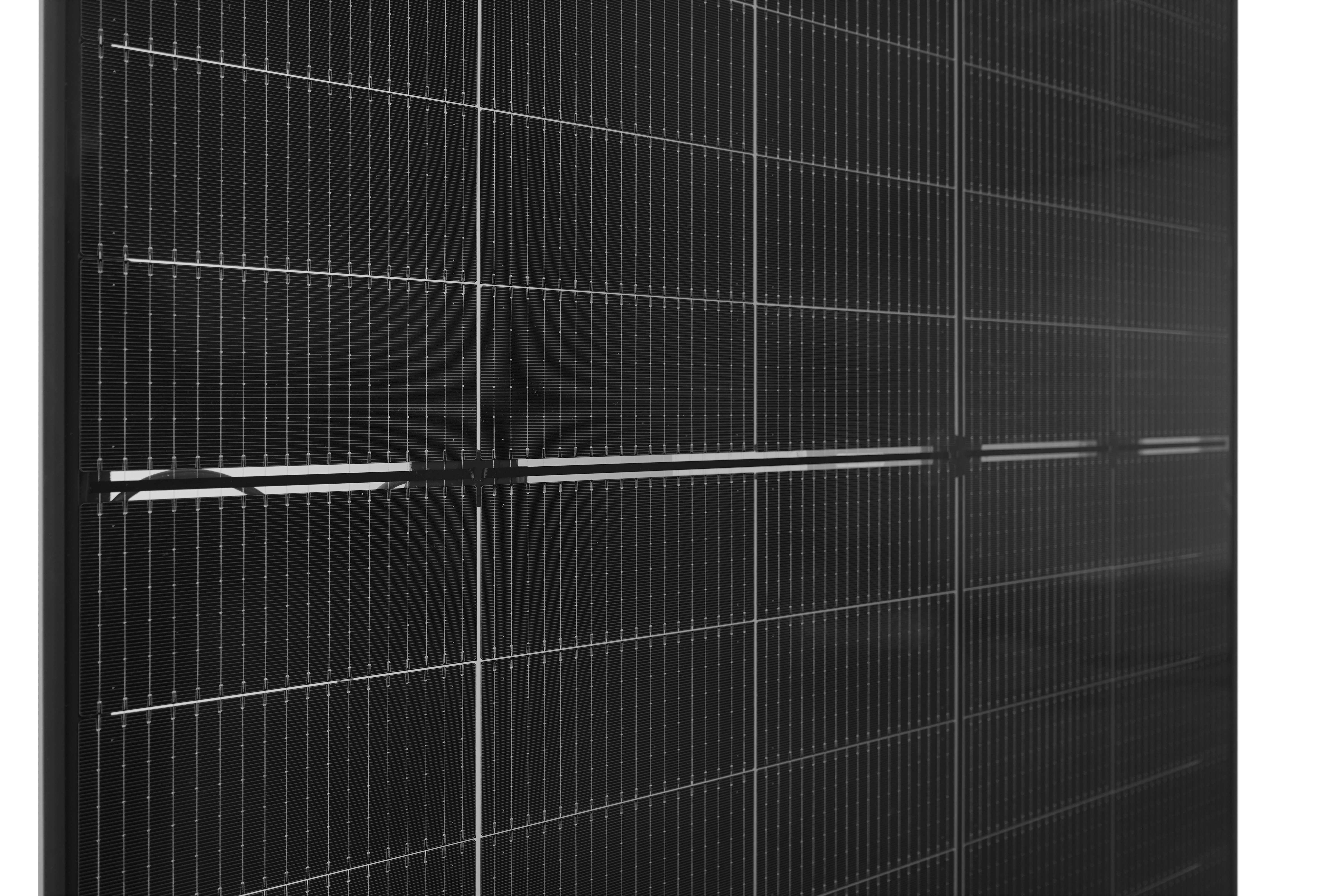
Glass-Glass Transparent Design
Elevating Bifacial Power Generation
Our innovative glass-glass transparent design significantly enhances light penetration through cell gaps, boosting rear-side electricity generation and investment returns. Ideal for bifacial power generation, this design excels in applications such as pergolas, fences, carports, and awnings, merging superior energy efficiency with architectural flexibility.
Maximize Your Solar Energy with Advanced Bifacial HJT Solar Panels
Designed with a cutting-edge symmetrical structure, our HJT solar panels are engineered to harness up to 95% energy production from the backside. This remarkable bifaciality ensures unparalleled efficiency in power generation with HJT technology, capturing solar energy from both sides to maximize your renewable energy output.
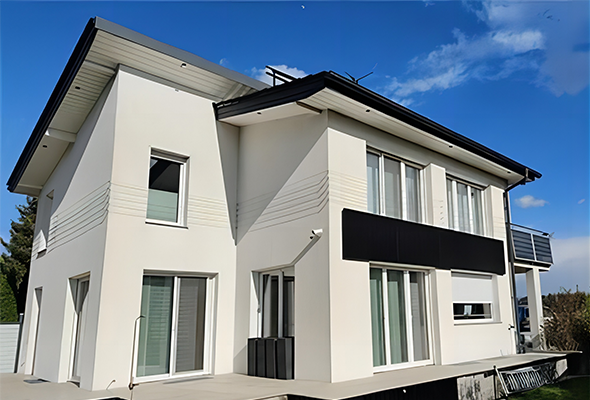
Additional Benefits of HJT
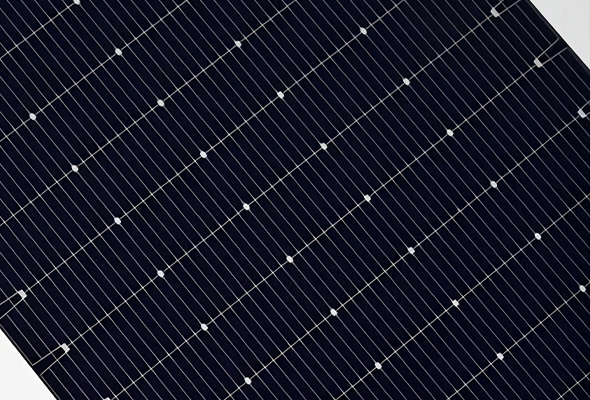
HJT – High-Quality Solar Modules
Welding Without Damage
Our HJT cells are crafted through the application of low-temperature silver paste and advanced low-temperature processing methods. During their integration into solar modules, we adopt a sophisticated low-temperature soldering technique. This approach ensures the cells are safeguarded against thermal harm, significantly boosting the modules' dependability and longevity.
Superior Temperature Performance
Our HJT solar modules are distinguished by an exceptional temperature coefficient of -0.24%/°C, outperforming PERC (-0.35%/°C) and TOPCon (-0.32%/°C) technologies. This superior coefficient translates to diminished energy losses and elevated energy production, especially in areas subjected to high temperatures.
Advanced SMBB Technology
Incorporating SMBB technology, our HJT cells benefit from the use of finer busbars, which decreases the amount of silver paste needed. This reduction not only minimizes shading but also shortens the path for current transfer. Consequently, this innovation significantly reduces series resistance, augmenting the cells' resilience against micro-cracks, busbar disruptions, and fractures. This advancement underlines our commitment to enhancing the overall efficiency and durability of our solar modules.
Increased Panel Durability
Our solar panels leverage the advanced technology of non-cut 210mm x 105mm HJT half-size cells. This innovative approach eliminates the potential for damage and stress typically induced by cutting processes, safeguarding the structural integrity of the cells. By adopting this method, we not only preserve the inherent advantages of half-cell technology—such as improved performance in shaded conditions and reduced electrical losses—but also significantly boost the panels' overall durability.
Elimination of PID Effect
Thanks to the application of a Transparent Conductive Oxide (TCO) coating on the cell's top surface, polarization of charges on the TCO layer is prevented. This crucial feature averts Potential Induced Degradation (PID), maintaining the module's integrity and performance.
30-Year Product Warranty
Utilizing state-of-the-art photovoltaic glass that resists water permeation, our design effectively blocks moisture and air from infiltrating the solar panel. This significantly slows down performance degradation. Coupled with a POE encapsulant film that exhibits outstanding resistance to weather, aging, and hydrolysis, we confidently offer a comprehensive product and performance warranty of up to 30 years.

Minimized LID and LeTID Effect
Our HJT cells incorporate a conductive ITO layer that effectively prevents charge accumulation on the surface, thus eliminating Light Induced Degradation (LID) and Light and Elevated Temperature Induced Degradation (LeTID) effects. As a result, the power output of our heterojunction solar modules experiences a minimal degradation, not exceeding 11.1% over a span of 30 years.
Superior Impact Resistance
Designed for exceptional flexibility, our HJT solar panels can withstand greater bending angles without succumbing to micro-cracks. This attribute is especially beneficial during transport and installation, significantly improving system reliability.
Exceptional Performance in Low-Light Conditions
Our heterojunction cells are engineered with an intrinsic thin film layer of i-a-Si:H between crystalline silicon and doped thin-film silicon. This innovative design passivates surface defects of crystalline silicon, yielding solar modules with high open-circuit voltage and robust power generation capacity, even in low-light environments.
| Module Type | 410 | 415 | 420 | 425 | 430 | |||||
|---|---|---|---|---|---|---|---|---|---|---|
| Test Condition | STC | NOCT | STC | NOCT | STC | NOCT | STC | NOCT | STC | NOCT |
| Peak Power Watts-PMAX (Wp) | 410 | 317 | 415 | 321 | 420 | 325 | 425 | 329 | 430 | 333 |
| Maximum Power Voltage-VMPP (V) | 25.02 | 23.67 | 25.08 | 23.87 | 25.14 | 24.09 | 25.2 | 24.28 | 25.26 | 24.5 |
| Maximum Power Current-IMPP (A) | 16.38 | 13.39 | 16.54 | 13.45 | 16.71 | 13.49 | 16.86 | 13.55 | 17.02 | 13.59 |
| Open Circuit Voltage-VOC (V) | 29.72 | 28.54 | 29.79 | 28.81 | 29.86 | 29.05 | 29.93 | 29.31 | 30.00 | 29.56 |
| Short Circuit Current-ISC (A) | 17.29 | 14.05 | 17.46 | 14.10 | 17.63 | 14.15 | 17.75 | 14.20 | 17.92 | 14.25 |
| Module Efficiency ηm (%) | 21.2 | 21.5 | 21.7 | 22.0 | 22.3 | |||||
Your Guide to HJT Solar Panel Queries
A: HJT, or Heterojunction with Intrinsic Thin layer, cells represent a cutting-edge solar cell technology. These cells are crafted by combining a layer of amorphous silicon (a-Si) with a crystalline silicon (c-Si) wafer. This unique structure allows for a more efficient light absorption and conversion of sunlight into electrical energy, primarily due to the optimal pairing of perovskite and silicon materials. Known for their exceptional absorption rates and superior conversion efficiencies, HJT cells are paving the way for the future of solar energy.
A: HJT technology stands out for its innovative approach, merging the strengths of both crystalline silicon and thin-film solar cells. It offers several compelling advantages, including:
A remarkable photovoltaic conversion efficiency exceeding 24%.
The lowest temperature coefficient in its class at -0.24%, ensuring less performance loss under high temperatures.
Bifacial efficiency that can reach up to 95%, maximizing energy generation from both sides of the panel.
Immunity to Light Induced Degradation (LID) and Potential Induced Degradation (PID), enhancing longevity and reliability.
This amalgamation of features makes HJT technology a revolutionary step forward, blending high efficiency with stability and low degradation rates for bifacial electricity generation.
A: While heterojunction (HJT) solar panels may present a slightly higher initial investment compared to conventional solar panels, they offer a more economical choice in the long run. This is because HJT panels provide superior performance benefits over standard options. Although their upfront cost is higher than that of typical bifacial or glass-glass solar panels, the enhanced efficiency, durability, and reduced degradation rates of HJT panels deliver greater value, making the investment well worth it for those seeking the optimal blend of performance and longevity.
Related Reading About HJT Solar Panels
Learn more about HJT solar panel expertise
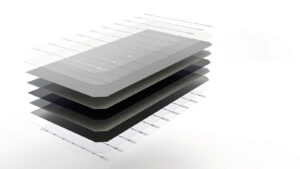
What Are Heterojunction Technology (HJT) Solar Panels: Advantages & Applications
Table of Contents What are HJT Solar Panels? Heterojunction(HJT) solar panel, also known as Silicon heterojunctions (SHJ) or Heterojunction with Intrinsic Thin Layer (HIT) solar panel, is a collection of HJT solar cells that leverage advanced photovoltaic technology. HJT cells combine the benefits of crystalline silicon with thin-film technologies. These
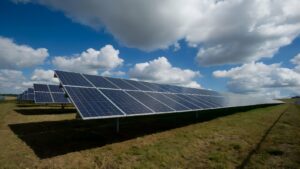
Do Solar Panels Work on cloudy days (Low Light Conditions) ?
Table of Contents Can Solar Panels Generate Electricity on Cloudy Days (Under Low Light Conditions)? Imagine, on a gloomy morning, as you look out the window, you see skies densely covered with dark clouds. You might wonder, can solar panels still generate electricity in such weather? The answer is a

What is HJT technology for solar modules?
What is HJT Technology? HJT solar cells have double-sided structure design which can absorb incident light and scattered light from both sides, using a PECVD, very thin silicon intrinsic passivation layer and P-type silicon doped layer are formed on the top side of wafer-type monocrystalline silicon N after texturing and
